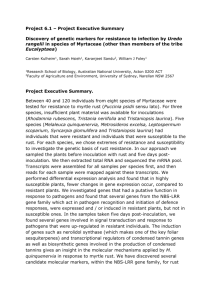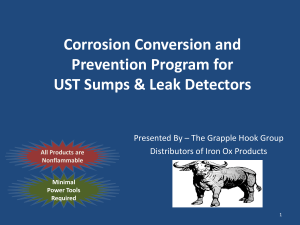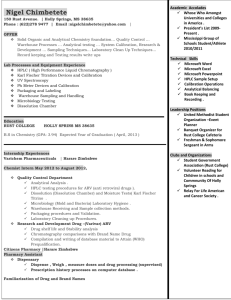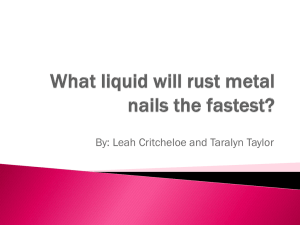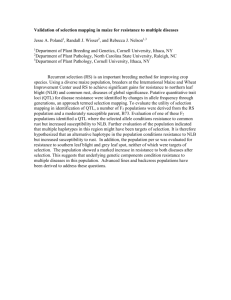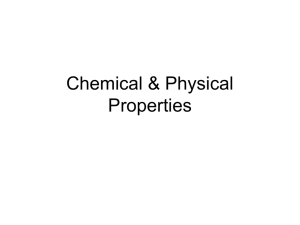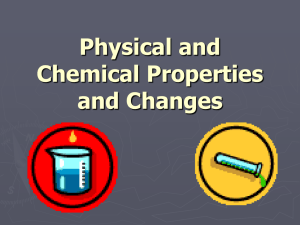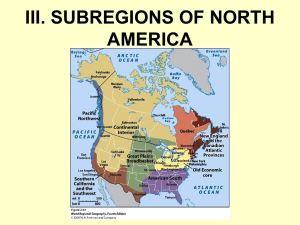PD_NVQ2_A_Ch10_10.1
advertisement
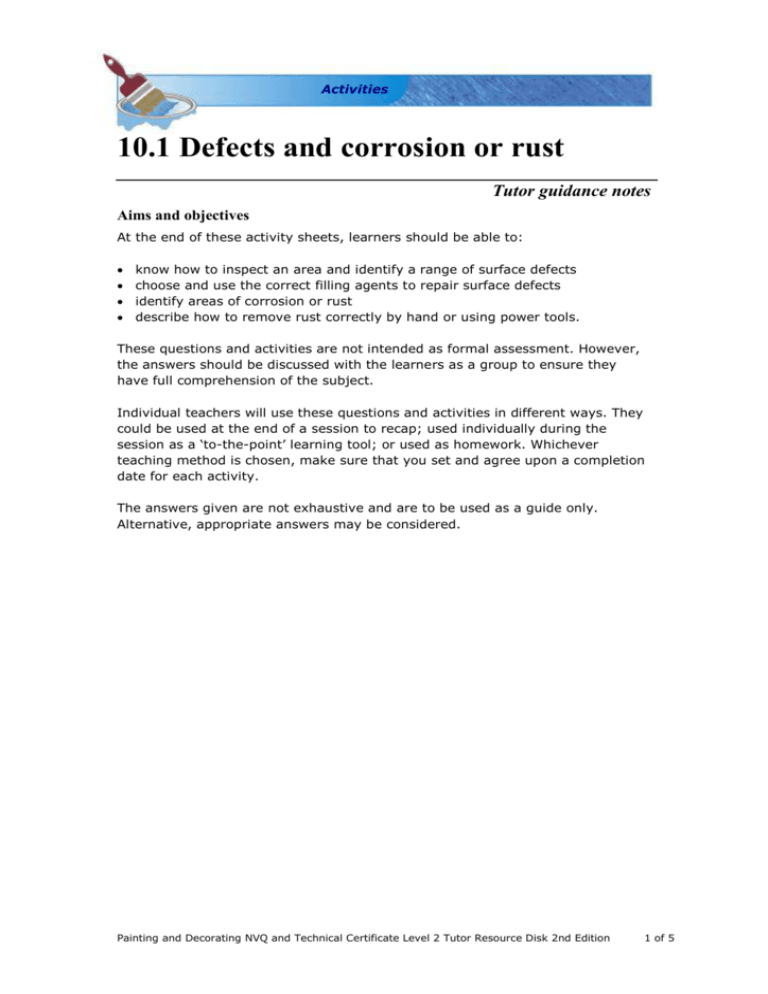
Activities 10.1 Defects and corrosion or rust Tutor guidance notes Aims and objectives At the end of these activity sheets, learners should be able to: know how to inspect an area and identify a range of surface defects choose and use the correct filling agents to repair surface defects identify areas of corrosion or rust describe how to remove rust correctly by hand or using power tools. These questions and activities are not intended as formal assessment. However, the answers should be discussed with the learners as a group to ensure they have full comprehension of the subject. Individual teachers will use these questions and activities in different ways. They could be used at the end of a session to recap; used individually during the session as a ‘to-the-point’ learning tool; or used as homework. Whichever teaching method is chosen, make sure that you set and agree upon a completion date for each activity. The answers given are not exhaustive and are to be used as a guide only. Alternative, appropriate answers may be considered. Painting and Decorating NVQ and Technical Certificate Level 2 Tutor Resource Disk 2nd Edition 1 of 5 Activities Candidate name: Date: 10.1 Defects and corrosion or rust Chapter 10: Preparation of surfaces Aims and objectives At the end of these activity sheets, you should be able to: 1 know how to inspect an area and identify a range of surface defects choose and use the correct filling agents to repair surface defects identify areas of corrosion or rust describe how to remove rust correctly by hand or using power tools. State four surface defects that you might encounter. ___________________________________________________________ ___________________________________________________________ ___________________________________________________________ ___________________________________________________________ 2 State and describe the two categories of filling agent. ___________________________________________________________ ___________________________________________________________ ___________________________________________________________ ___________________________________________________________ 3 State four tools or pieces of equipment that can be used to remove rust by hand. ___________________________________________________________ ___________________________________________________________ ___________________________________________________________ ___________________________________________________________ Painting and Decorating NVQ and Technical Certificate Level 2 Tutor Resource Disk 2nd Edition 2 of 5 Activities 4 What problem can be caused by overuse of a wire brush on rusted metal? ___________________________________________________________ ___________________________________________________________ 5 These are the five steps in the procedure for removing rust by hand. What order should the steps be in? Fill in the numbers 1–5. Step Step Step Step Scrape off all loose rust, millscale and previous coatings. Abrade with a rough aluminium oxide abrasive. Use a wire brush to remove loose rust, but avoid burnishing. Remove any traces of oil or grease to avoid spreading it around the surface. Step ___ Use a chipping hammer around rusted nails, bolts and rivets. 6 ___ ___ ___ ___ What are the advantages of removing rust using power tools, rather than by hand? ___________________________________________________________ ___________________________________________________________ 7 State three power tools that can be used to remove rust, millscale and existing coatings. ___________________________________________________________ ___________________________________________________________ ___________________________________________________________ 8 Describe the procedure for removing rust with power tools. ___________________________________________________________ ___________________________________________________________ ___________________________________________________________ ___________________________________________________________ ___________________________________________________________ ___________________________________________________________ ___________________________________________________________ ___________________________________________________________ Painting and Decorating NVQ and Technical Certificate Level 2 Tutor Resource Disk 2nd Edition 3 of 5 Activities 10.1 Defects and corrosion or rust Chapter 10: Preparation of surfaces Answers 1 State four surface defects that you might encounter. holes cracks dents pitting 2 State and describe the two categories of filling agent. filler – a smooth paste that is used to fill minor defects such as shrinkage cracks and nail or screw holes stopper – a similar material to filler but better for use on large holes and cracks 3 State four tools or pieces of equipment that can be used to remove rust by hand. scrapers chipping hammers wire brushes abrasives 4 What problem can be caused by overuse of a wire brush on rusted metal? It can serve to only polish the rust on the surface, which can affect the ability of the primer to adhere to the surface. 5 These are the five steps in the procedure for removing rust by hand. What order should the steps be in? Fill in the numbers 1–5. Step 2 Scrape off all loose rust, millscale and previous coatings. Step 5 Abrade with a rough aluminium oxide abrasive. Step 4 Use a wire brush to remove loose rust, but avoid burnishing. Step 1 Remove any traces of oil or grease to avoid spreading it around the surface. Step 3 Use a chipping hammer around rusted nails, bolts and rivets. 6 What are the advantages of removing rust using power tools, rather than by hand? quicker; more effective; and the life of the paint system will be extended Painting and Decorating NVQ and Technical Certificate Level 2 Tutor Resource Disk 2nd Edition 4 of 5 Activities 7 State three power tools that can be used to remove rust, millscale and existing coatings. rotary wire brushes grinders needle guns 8 Describe the procedure for removing rust with power tools. Remove any traces of oil or grease from the surface. Scrape off all loose rust, millscale and previous coatings. Use a needle gun to remove rust around corroded nuts, bolts, rivets etc. Select and use the most effective method of removing rust to suit the nature and condition of the surface (e.g. rotary wire brush, disc sander or angle grinder). Painting and Decorating NVQ and Technical Certificate Level 2 Tutor Resource Disk 2nd Edition 5 of 5

